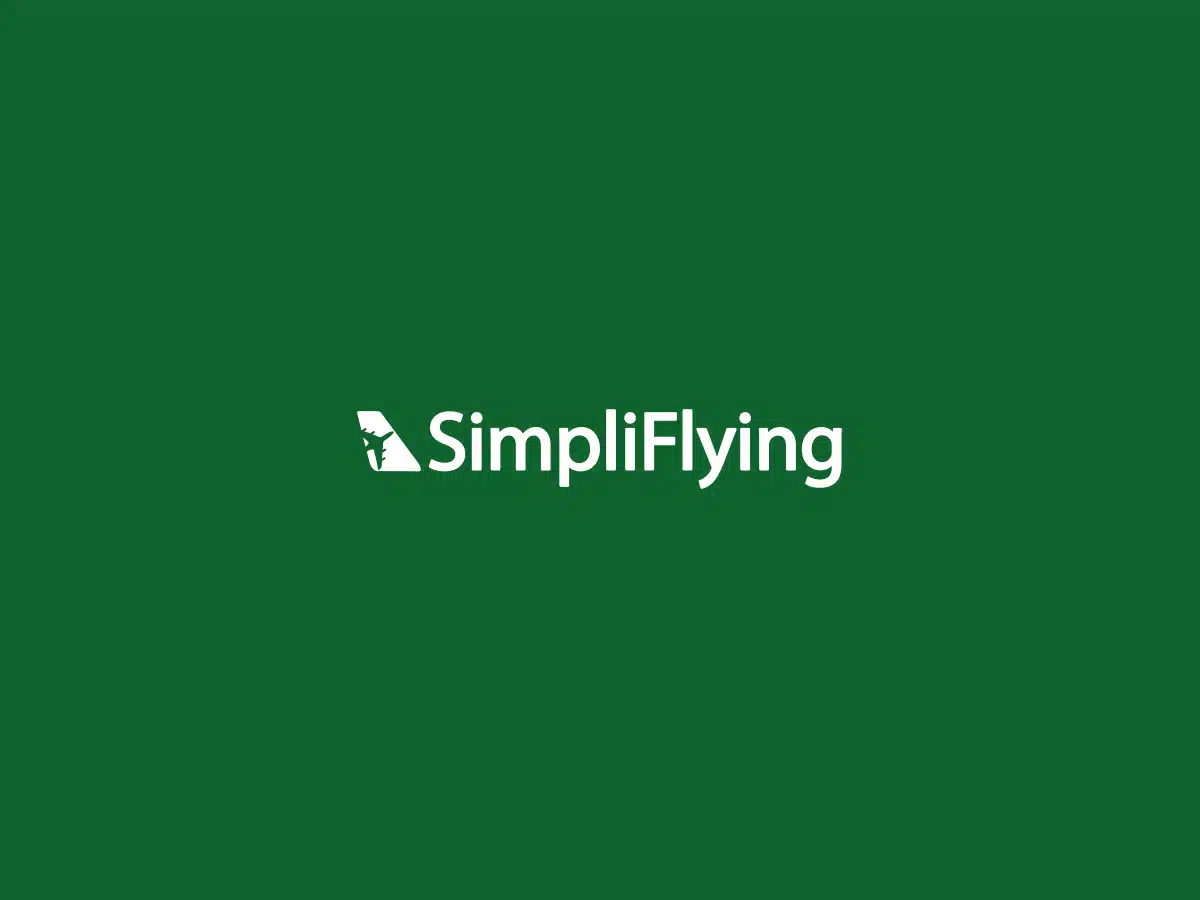
Ancillary revenues – money an airline makes from things other than the asirfare – have always proven to be attractive profit centers for airlines. But very often, they tend to be random, with airline executives making their decisions based on how much money the source brings to the airline, rather than anything else. Moreover, ancillary revenue streams are often garnered from outside the cabin, like having special offers on the website or charging a fee for baggage check in.
But as I mentioned in my white paper on airline branding, Brand eXperience is one of the most important factors affecting the brand perception and the time spent in the plane forms the most important part of the eXperience. According to recent research, the most important factor determining the in-flight experience is not service or in-flight entertainment, but the person you’re sitting beside! 80% of passengers feel their seat neighbor’s bahaviour influences their overall flight satisfaction. And there lies the opportunity.
Bring in Satisfly – to optimize your seating in the plane
A friend of mine, Sergio Mello, has started up a company called SATISFLY, which solves the above-mentioned problem. They help passengers choose the kind of people they want to sit next to on a flight. Basically, they combine the best of social networking (Web 2.0) tools and online seat selection to help facilitate this. Passengers on an airline that’s powered by Satisfly will be able to choose one of these “zones” to sit in: social networking, business networking, business alone and relax alone.
Though the basic reason for using Satisfly is because airlines do not want passengers to feel uncomfortable due to their neighbours. But I feel the big advantage for airlines using Satisfly will be ancillary revenues.
Show me the money!
The first and most obvious way airlines can make money is by charging customers a fee for using this tool, which will only enhance their travel experience. Hence, it’s a value-added service, being offered at a price. Low cost carriers may prefer this option.
Something else that can be done is that airlines can “push” out higher fares where passengers can fly with their friends or a business prospect. So if I’ve bought a ticket on the 5pm flight but my business prospect is flying on the 6pm flight, I might be willing to pay another $50 for flying with him. This is demand stimulation at its best.
But the real value of the intelligent seating system is in gaining insight into the customer mindset. When passengers use this system, airlines learn valuable information about their clients. This can then be used to create personalized offers in the future and build greater loyalty by tying it into the frequent-flier program.
Enhancing the Brand eXperience and adding an X-Factor
Not only does offering a value added service through the intelligent seating system enhance the brand experience dramatically, it also adds an X-Factor to the brand that cannot be duplicated easily. And in the long term, this becomes a distinct competitive advantage for the airine.
In in times like these, I think airlines can do with one or two feathers in the hat. And SATISFLY is an easy way to do that.
What do you think? Will airlines invest in a system like SATISFLY in this recession, even if it means greater potential revenues in the long term? Will you be excited about using an intelligent seating system on an airline? Let’s discuss.
If you haven’t already done so, I’d like to invite you to subscribe SimpliFlying by email or RSS so that you can get the updates from the convenience of your inbox.

![Reblog this post [with Zemanta]](http://img.zemanta.com/reblog_c.png?x-id=3c799602-c4ad-408e-8af1-4f6468e9f7c7)